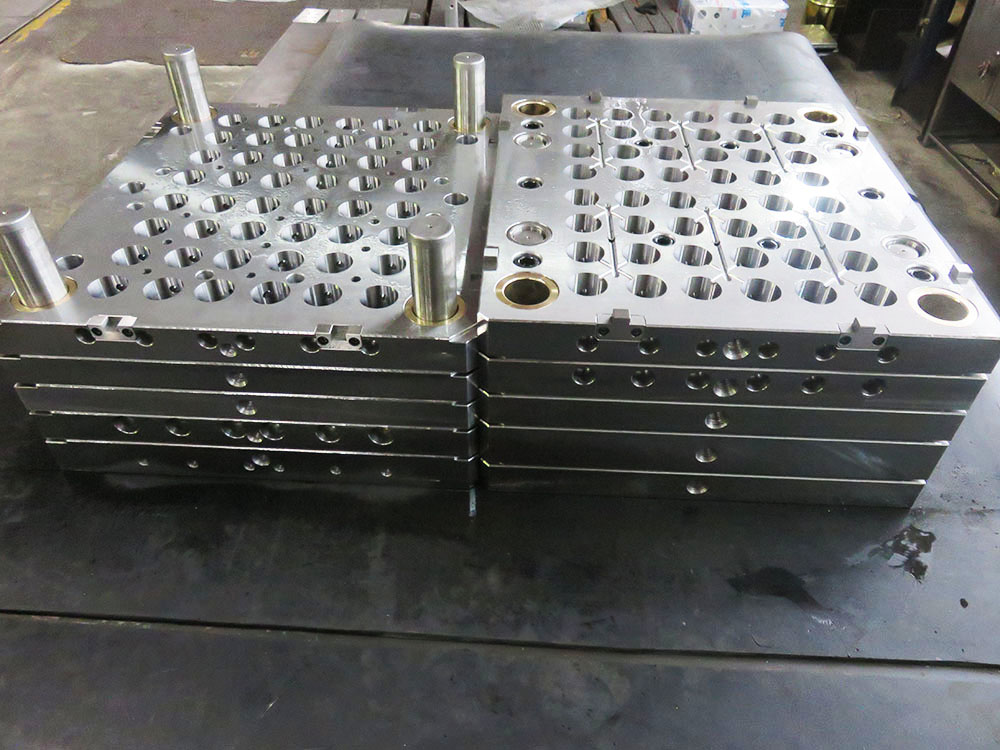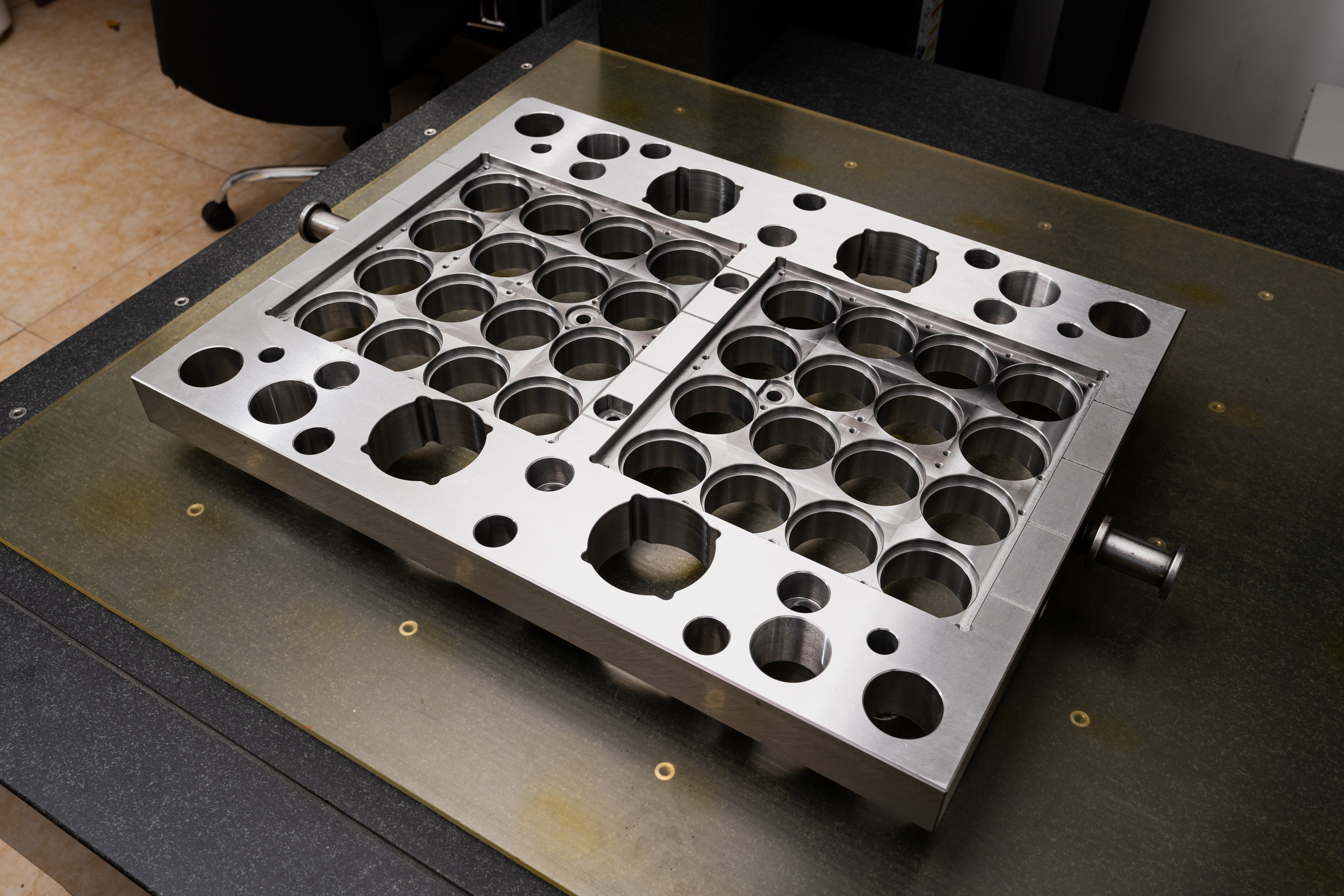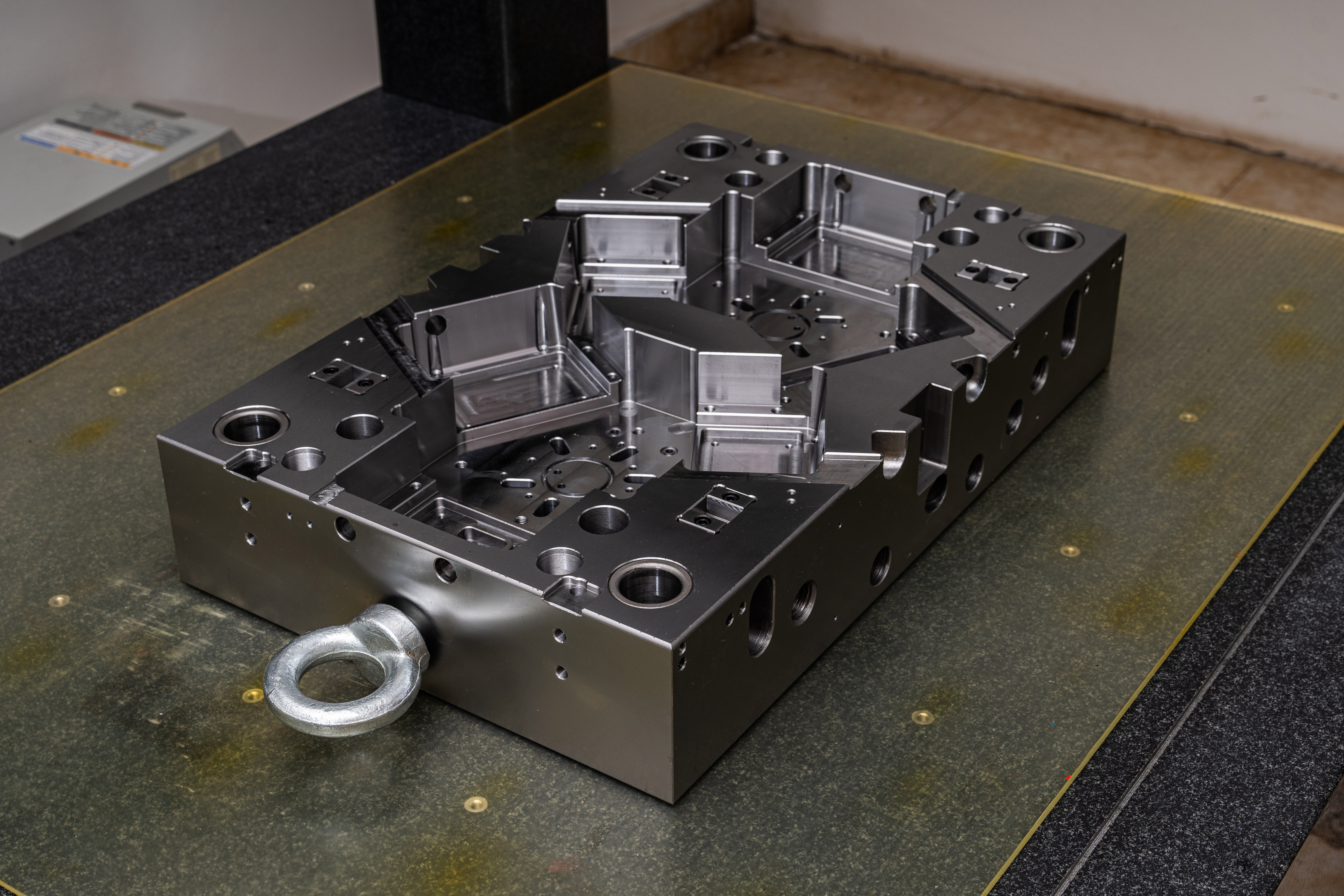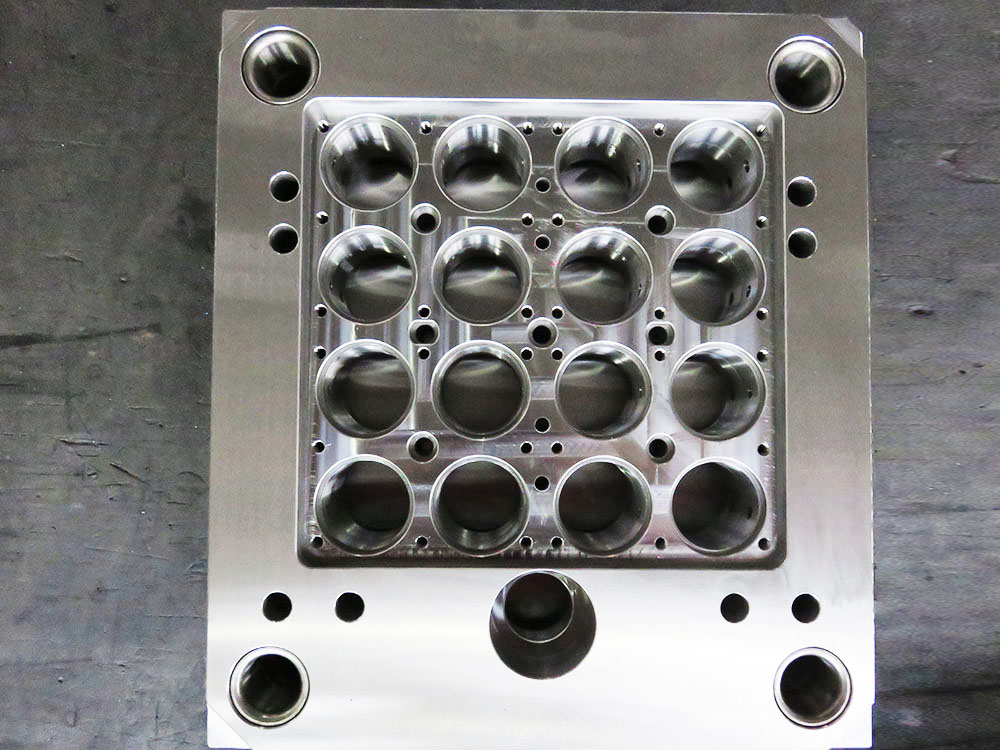How to Determine Layer Height in Support Bracket Drawings
In the mold base industry, determining the layer height in support bracket drawings plays a crucial role in achieving optimal performance and functionality. This article will provide a professional guide on how to determine the ideal layer height for support brackets.
1. Understand the Role of Support Brackets
Support brackets are essential components in mold bases, providing stability and reinforcement to the overall structure. They are designed to bear the weight and stress exerted during the molding process, ensuring the integrity and longevity of the mold.
2. Evaluate Load Requirements
Before determining the layer height, it is important to evaluate the load requirements of the support brackets. This includes considering factors such as the weight of the mold and the forces applied during the molding process. Analyzing load requirements will help determine the level of support needed and subsequently influence the layer height.
3. Consider Material Properties
The selection of material for support brackets is crucial for their overall performance. Different materials have varying strengths and stiffness, which directly impact the required layer height. Understanding the material properties and their limitations will help in determining an appropriate layer height that can effectively support the load requirements.
4. Perform Finite Element Analysis (FEA)
Finite Element Analysis (FEA) is a powerful tool used to simulate and analyze the behavior of support brackets under different load conditions. By inputting the desired layer height and material properties into the FEA software, engineers can evaluate the stress distribution and deformation within the support brackets. This analysis provides valuable insights that aid in determining the optimal layer height.
5. Consider Manufacturing Constraints
In addition to load requirements and material properties, it is important to consider manufacturing constraints when determining the layer height. Factors such as the machining capabilities and limitations of the mold base manufacturer should be taken into account. It is crucial to ensure that the determined layer height can be effectively achieved during the manufacturing process.
6. Iterative Design Process
Determining the ideal layer height for support brackets often involves an iterative design process. Engineers may need to adjust the layer height multiple times, considering feedback from FEA analysis, manufacturing constraints, and other relevant factors. It is important to refine and optimize the design until an optimal layer height is achieved.
Conclusion
Determining the layer height in support bracket drawings is a critical aspect of the mold base industry. By understanding the role of support brackets, evaluating load requirements, considering material properties, performing FEA analysis, and accounting for manufacturing constraints, engineers can effectively determine an optimal layer height that ensures the stability and durability of mold bases.




